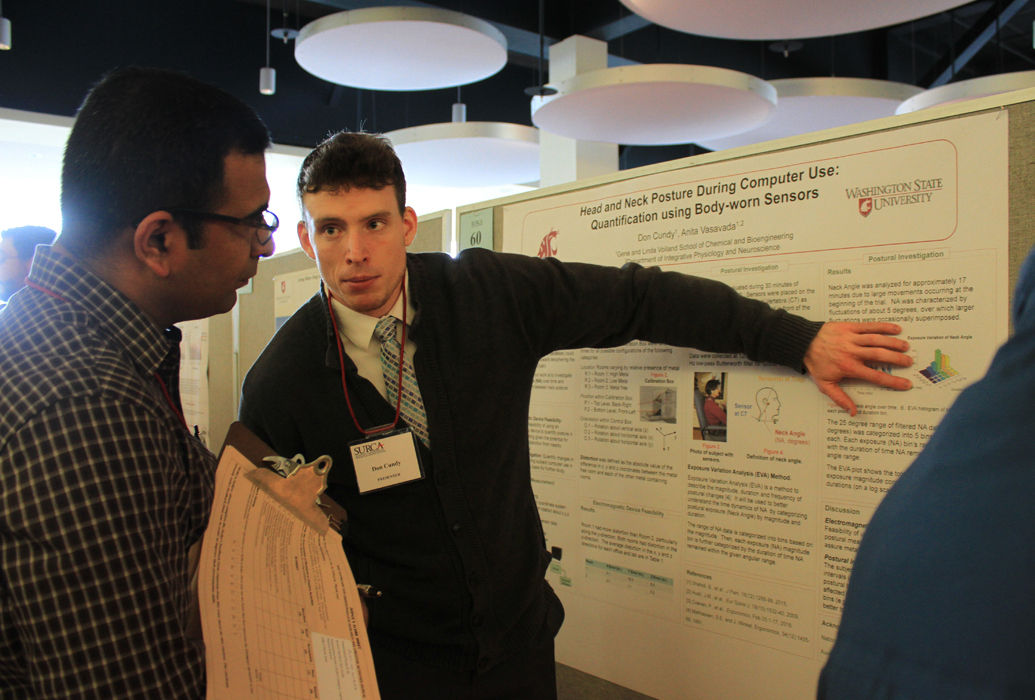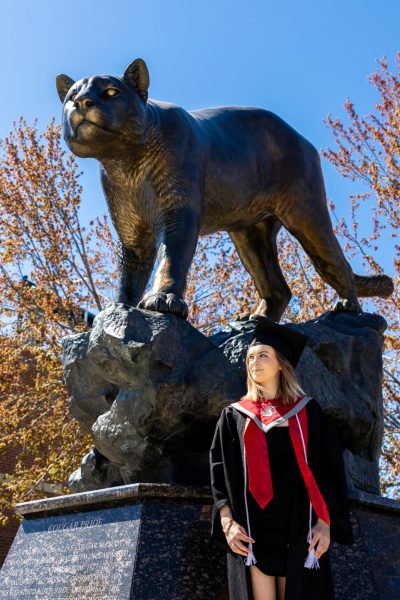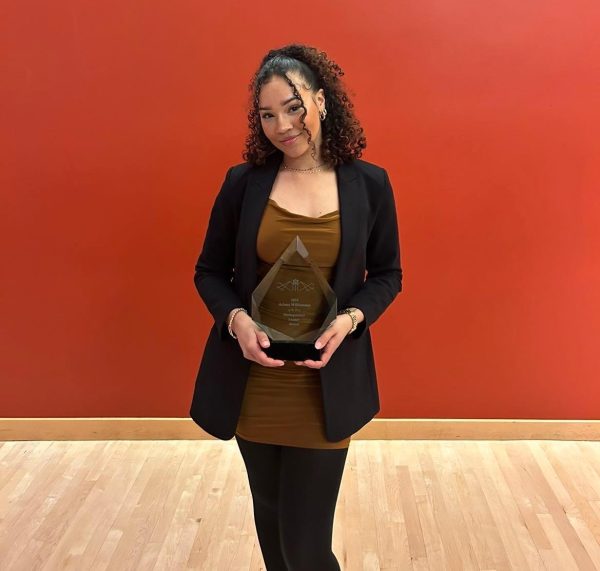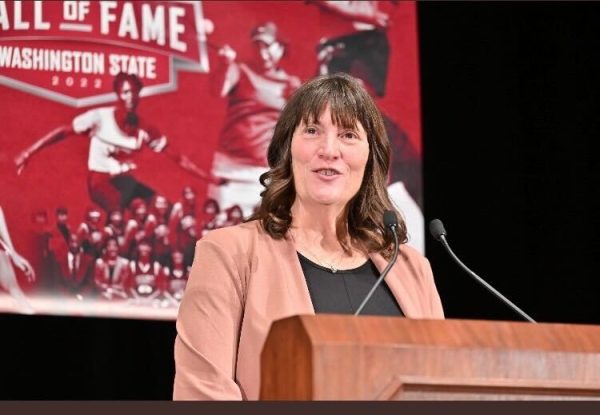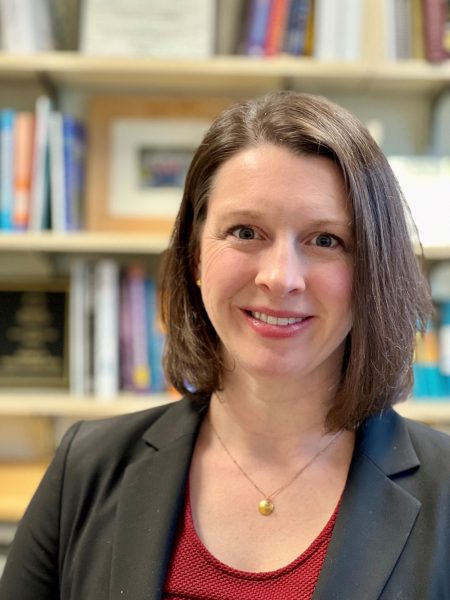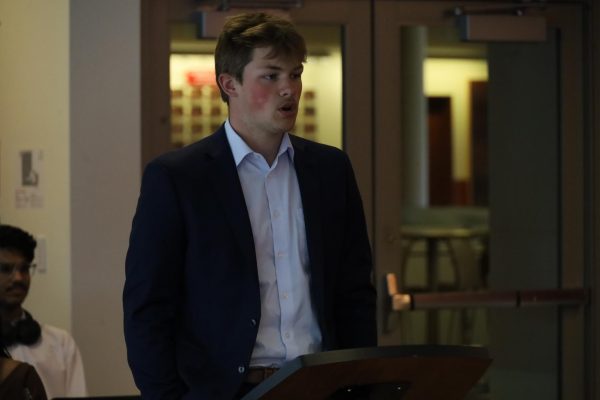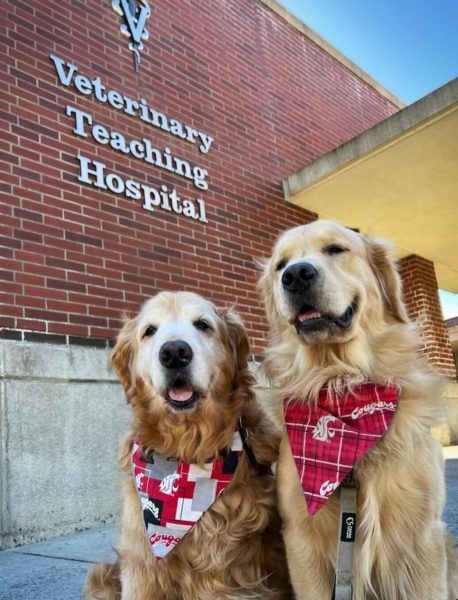Undergrads show off research at SURCA
Don Curdy presents his research on “Head and Neck Posture During Computer Use” during SURCA in the CUB Senior Ballroom on Monday.
March 29, 2016
WSU held its largest Showcase for Undergraduate Research and Creative Activities (SURCA) to date on Monday, with about 250 presenters showcasing more than 200 posters.
Students won awards in categories varying from humanities to chemical biology.
Judges gave Early Career Awards to the best first-year students and sophomores in their categories.
Students won Novice Researcher Awards for receiving excellent scores from the judges for research lasting two semesters or less.
The Gray Award was the second highest award in each category. The Crimson Award was the highest.
“SURCA shows future employers that we have some experience in research, said Crimson award-winner, Raven Conyers.
Conyers’s research also won an award at the Annual Biomedical Research Conference for Minority Students in February.
Presenters were responsible for conducting research and designing a presentation with the help of a mentor from their field of study.
“I have never seen so many strong presentations,” said Mary Wack, vice provost for undergraduate education.
While molecular, cellular, and chemical biology was the largest category, presentations on virtual reality drew much attention.
Giselle Gomez of WSU Vancouver delivered her presentation, “iSci: Interactive Technologies for Science Immersion,” over webcam.
Her team researched how three-dimensional immersion, like Microsoft HoloLens or Oculus Rift, can help students understand chemistry and physics. Students wear the 3D immersion device and interact with large depictions of molecules and forces.
The Gray Award-winning presentation, “T1VR: Defining Virtual Reality Best Practices Through Economic Development Marketing,” allowed viewers to wear a 3D immersion device while listening to the presentation.
Taylor Adams, Sreenath Panchagnula and Dominique Tilke presented, “Usability Evaluation of Smart Home in a Box (SHiB),” a smart home system designed by the School of Electrical Engineering and Computer Science to make homes more suitable for elderly people.
“I am proud of my work,” Tilke said. “I have never done research before and it is exciting.”
This transitions well into the real world, Panchagnula said. Some of this technology is being used in a hospital in Spokane, he said.
Jessica Ulmer presented a fashion experiment called, “Modern Medieval,” which combined contemporary and middle-aged fashion trends and processes for making clothes.
The opportunity to work with a mentor and present at SURCA is great for a student’s portfolio, Ulmer said.
Wack encouraged more undergraduate research because it enhances depth of learning. WSU is beating some other top universities with six percent more undergraduates participating in research, she said.
“The university, the state and the world benefit from this research,” she said.
Wack also announced the establishment of an undergraduate research club, beginning spring 2017.


